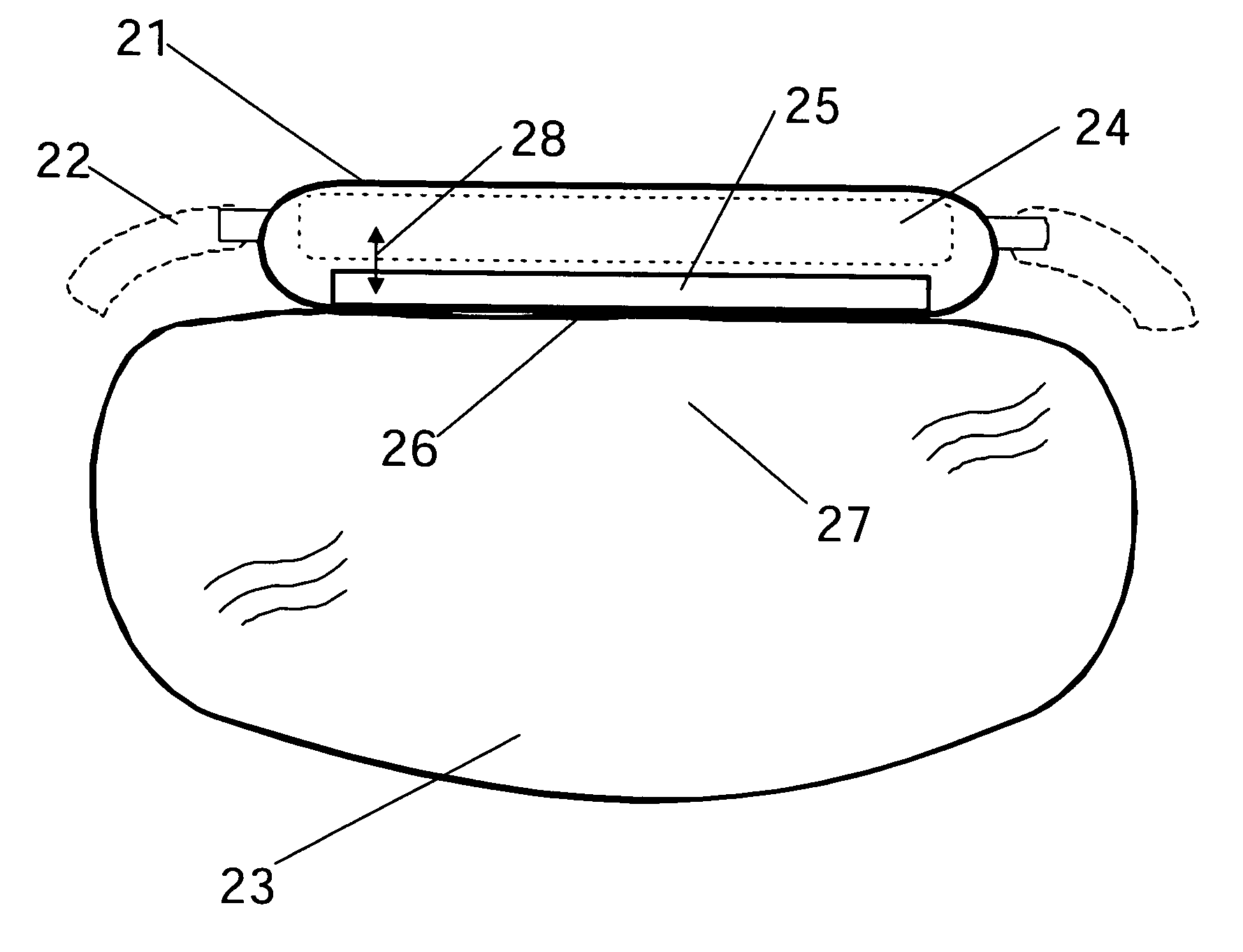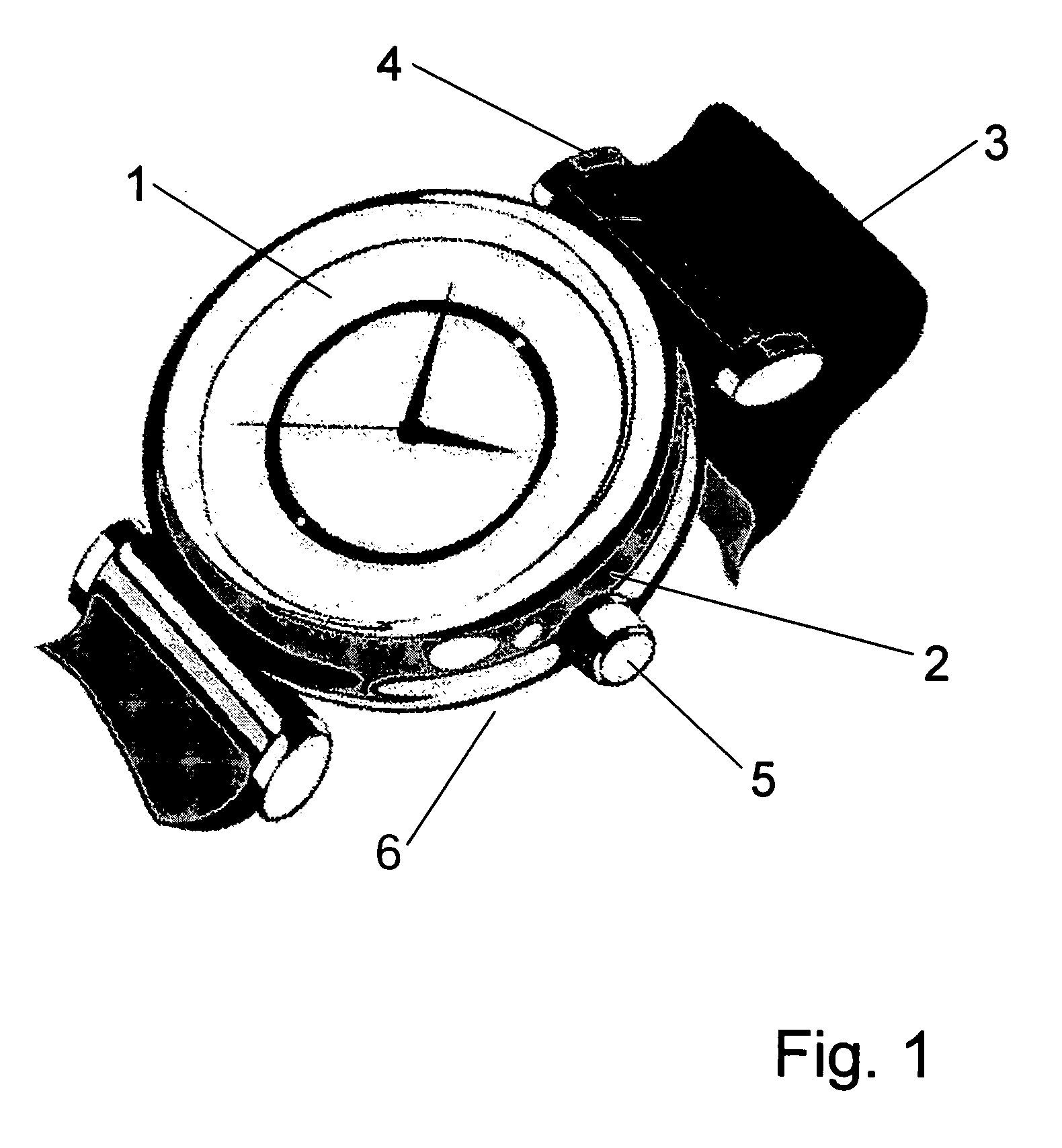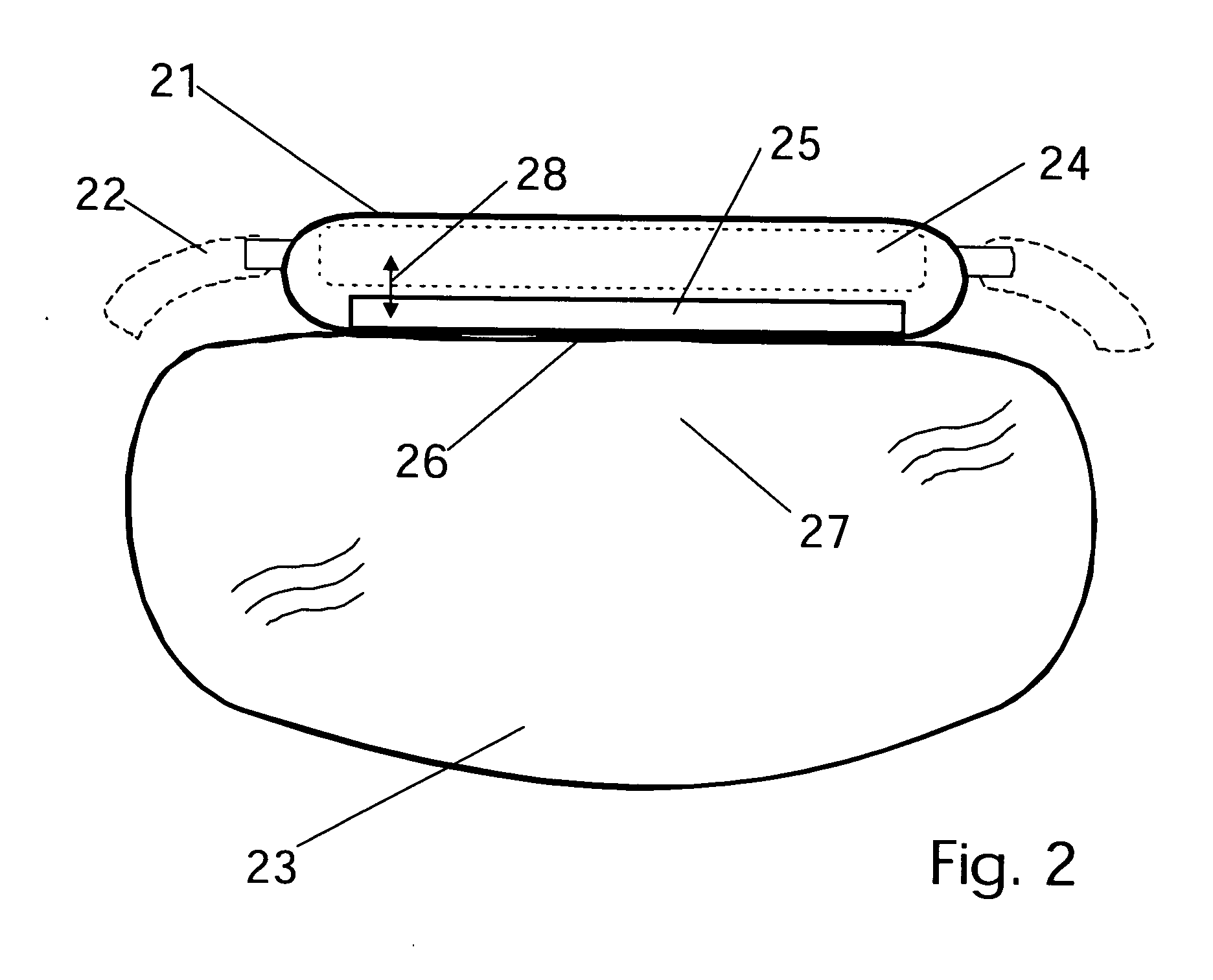Optical in-vivo monitoring systems
a monitoring system and optical technology, applied in the field of optical devices and sensors, can solve the problems of inconvenient use of the chest strap, awkward deployment, distracting and uncomfortable wear, etc., and achieve the effects of improving the energy density of the beam, easy integration, and large surface area
- Summary
- Abstract
- Description
- Claims
- Application Information
AI Technical Summary
Benefits of technology
Problems solved by technology
Method used
Image
Examples
Embodiment Construction
[0041]In accordance with each preferred embodiment of these inventions, there is provided apparatus for and methods of collecting modulated light from living tissue. Further, this modulated light which yields information about the state of systems under monitor is converted to an electronic signal, analyzed, and reported to a user as a real-time measure of bio activity. It will be appreciated that each of the embodiments described include both apparatus and method and further that the apparatus and method of one preferred embodiment may be different than the apparatus and method of other embodiments. The following includes an illustrative example aligned with a best mode anticipated by the inventor. While it is quite useful for illustration, it is not the only mode in which these inventions can be deployed. Rather, it is noted that systems identical to those described in the claims could be arranged in various useful applications.
[0042]In-vivo collection of modulated light from a ti...
PUM
 Login to View More
Login to View More Abstract
Description
Claims
Application Information
 Login to View More
Login to View More - R&D
- Intellectual Property
- Life Sciences
- Materials
- Tech Scout
- Unparalleled Data Quality
- Higher Quality Content
- 60% Fewer Hallucinations
Browse by: Latest US Patents, China's latest patents, Technical Efficacy Thesaurus, Application Domain, Technology Topic, Popular Technical Reports.
© 2025 PatSnap. All rights reserved.Legal|Privacy policy|Modern Slavery Act Transparency Statement|Sitemap|About US| Contact US: help@patsnap.com



